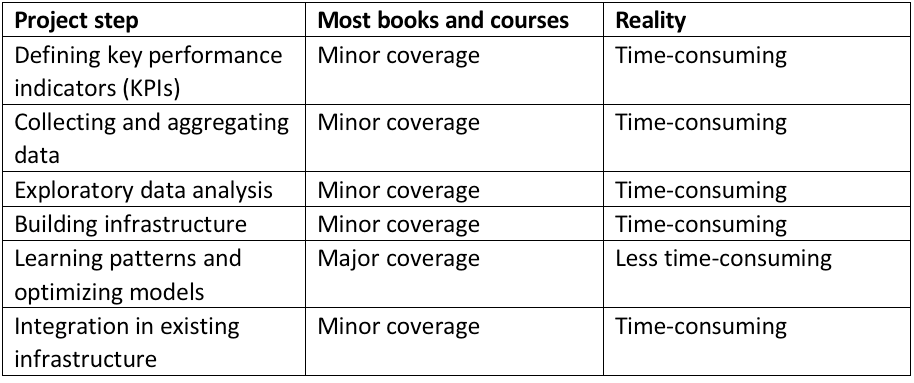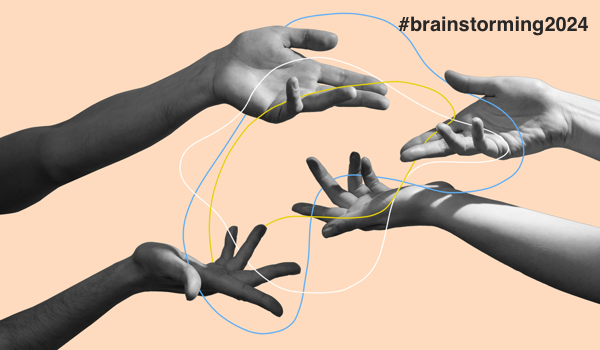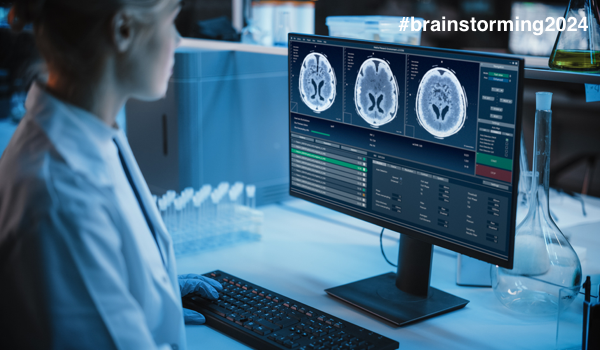


DEGGENDORF, GERMANY - When reading machine learning (ML) books1, 2 or taking courses, one notices a strong focus on learning patterns and optimizing ML models, but there are other steps that make ML projects successful. Most books or courses have a strong focus on academia and thus largely ignore other necessary steps. However, the reality is very different, as depicted in the following table:

As other steps often get ignored in books or courses; graduates are not adequately prepared to solve them. Subsequently, a large number of industrial ML projects actually fail.
Competencies Every AI Graduate Should Possess
Universities should make sure students acquire the following competencies in order to succeed when working on real-world artificial intelligence (AI) projects:
1. Define the purpose of a project and key performance indicators the project will improve.
2. Collect data from different sources and aggregate the data.
3. The quality of the data plays a crucial role in the success of ML. ML is often referred to as “garbage in, garbage out.” That is why one needs to perform a process called exploratory data analysis, which one not only checks for missing values, but also adopts a much deeper quality check approach. That approach includes checking distributions of datasets and finding anomalies. In this step, one needs to include domain experts who can tell whether the data match the reality of their domain.
4. Build the necessary computing infrastructure for training and running ML models.
5. Train the actual ML models. One does not need to be an expert in the hundreds of different models reported in the literature. In practice, one can often use
The content herein is subject to copyright by The Yuan. All rights reserved. The content of the services is owned or licensed to The Yuan. Such content from The Yuan may be shared and reprinted but must clearly identify The Yuan as its original source. Content from a third-party copyright holder identified in the copyright notice contained in such third party’s content appearing in The Yuan must likewise be clearly labeled as such. Continue with Linkedin
Continue with Linkedin
 Continue with Google
Continue with Google










 1588 views
1588 views







